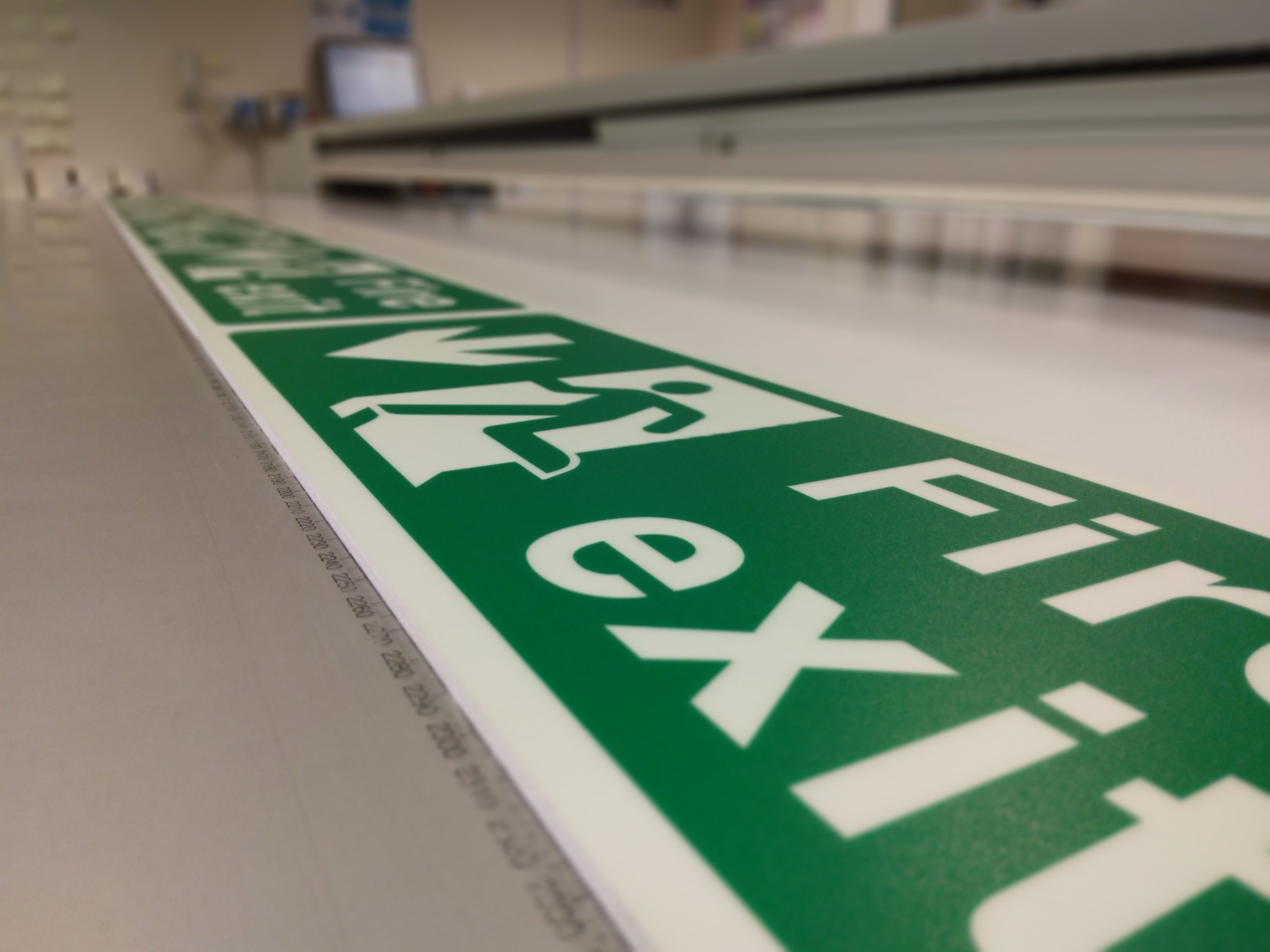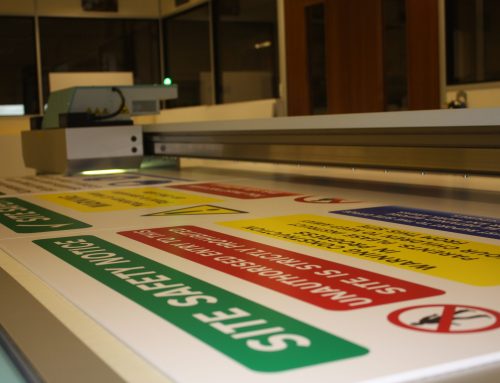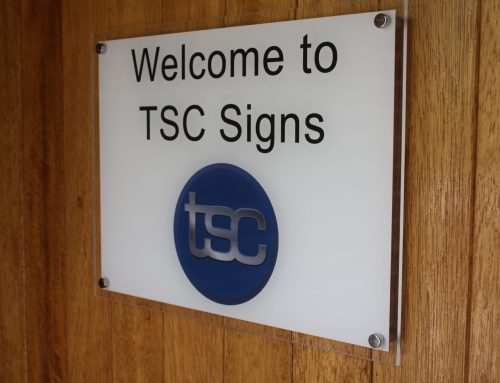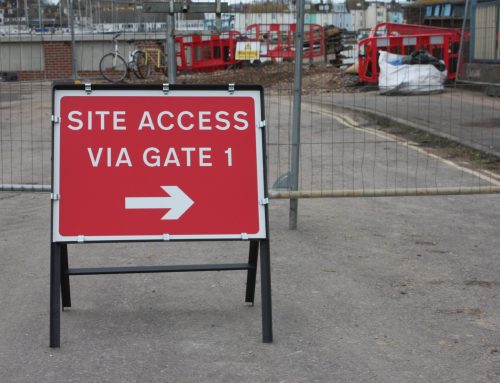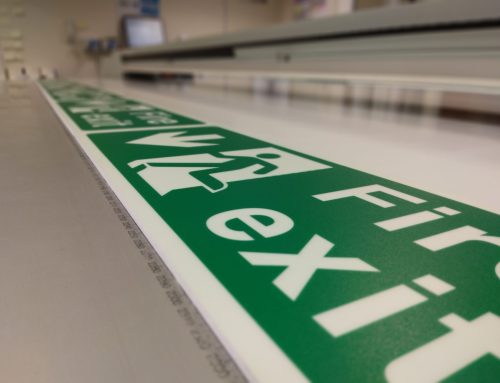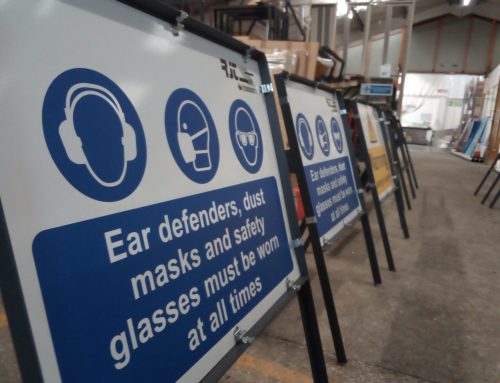TSC Signs – Your Specialists in Traffic & Construction Signs
In the next of our series of blogs, TSC Signs explores the importance of signage within a construction site, including the different types of signage. The team at TSC Signs has over 30 years of experience in producing traffic signs and can help and guide customers where required.
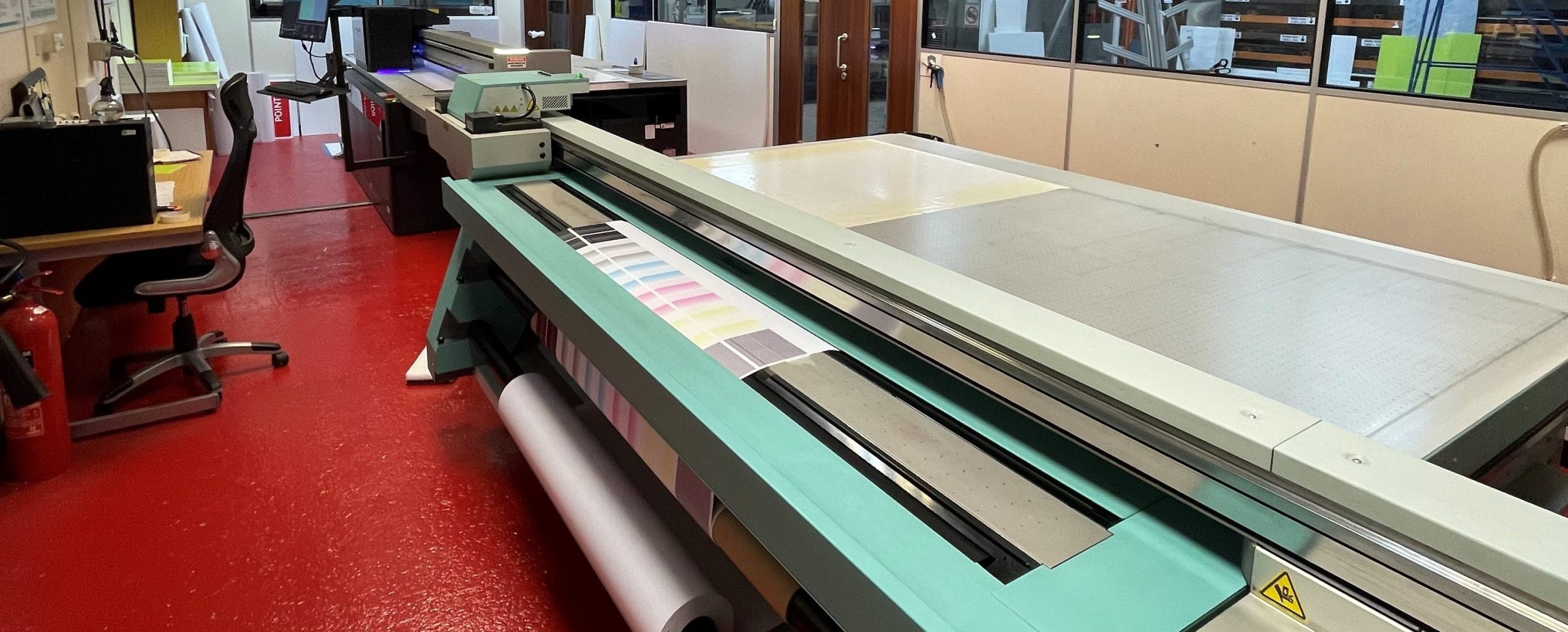
Introduction
Signage is an essential part of any construction site, and its importance cannot be overstated. Signage is used to communicate critical information to workers, visitors, and members of the public, ensuring that everyone on the site is aware of the potential hazards and risks associated with the construction work. In this essay, I will explore the importance of signage within a construction site and the different types of signs used.
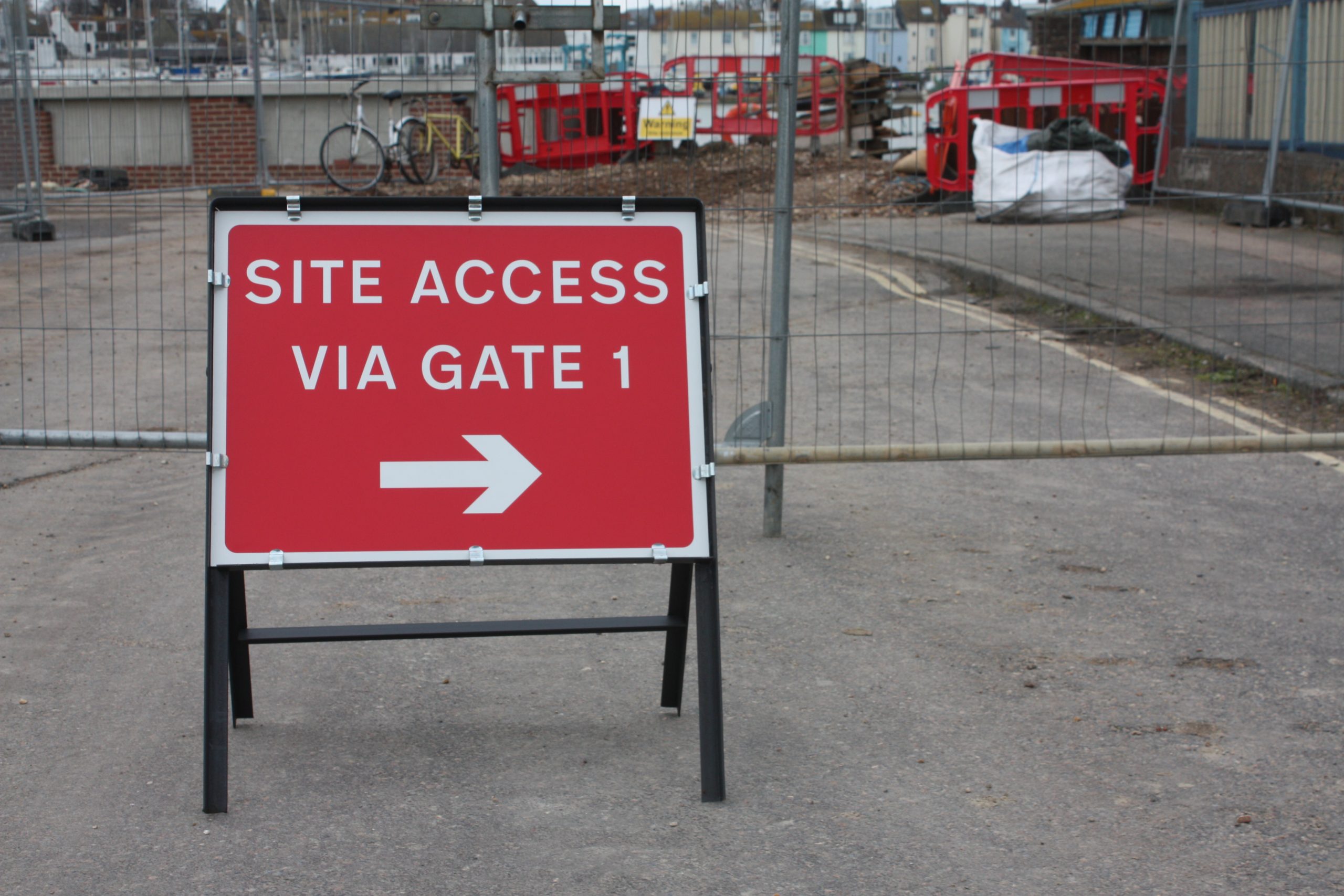
Safety
The first and most crucial reason why signage is important within a construction site is to ensure the safety of workers, visitors, and members of the public. Construction sites are inherently hazardous places, and without proper signage, accidents and injuries can occur. Signs can alert workers and visitors to the risks associated with certain areas of the site, such as areas where heavy machinery is in use, or where there are trip hazards. Signage can also warn members of the public of the potential dangers of entering the site, such as falling objects or uneven ground.
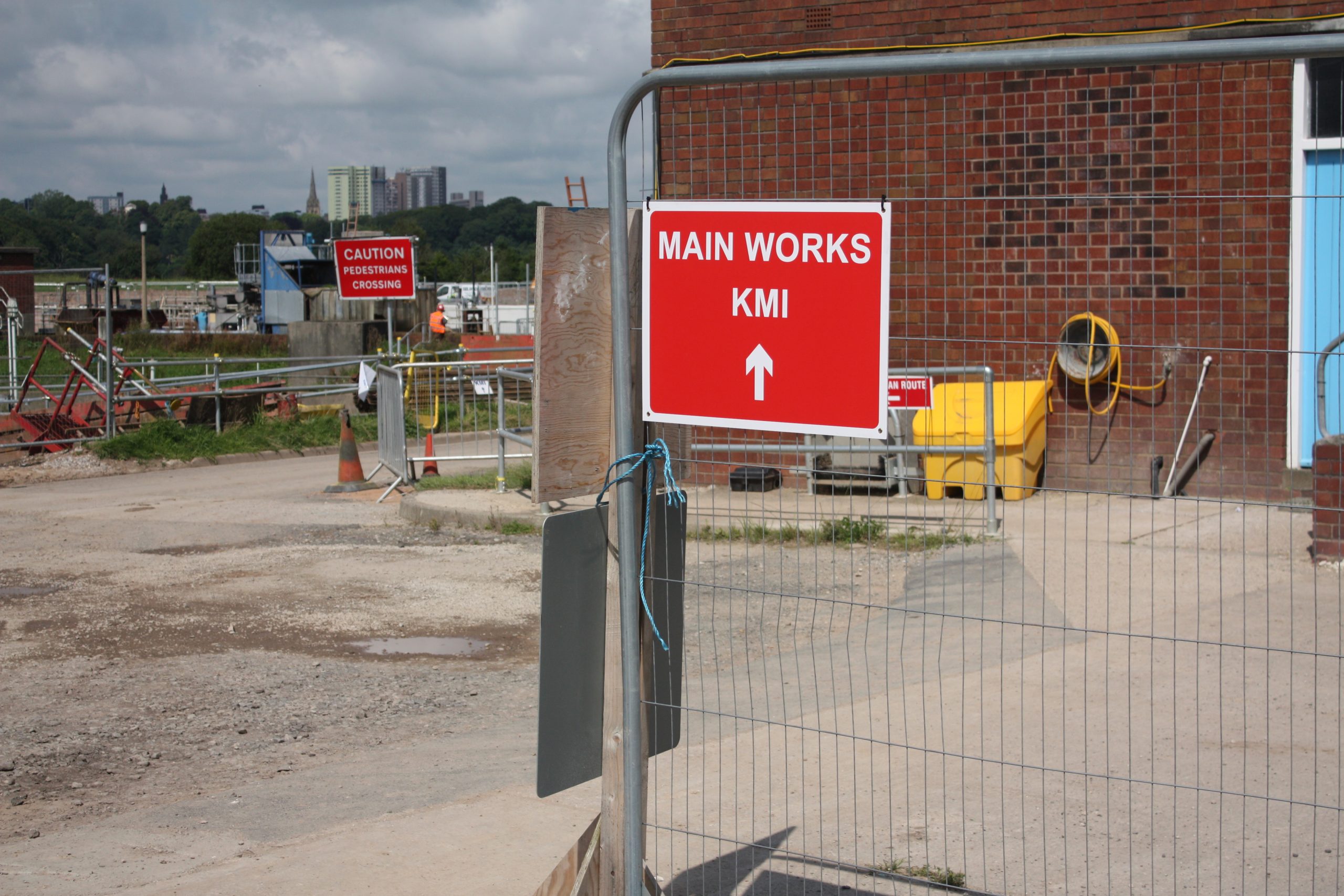
Communication
Signage is also used to communicate important information about the construction work being carried out. This information can include project timelines, work schedules, and any specific requirements for accessing the site. Signage can also provide details of any upcoming work that may cause disruption, such as road closures or noise pollution.
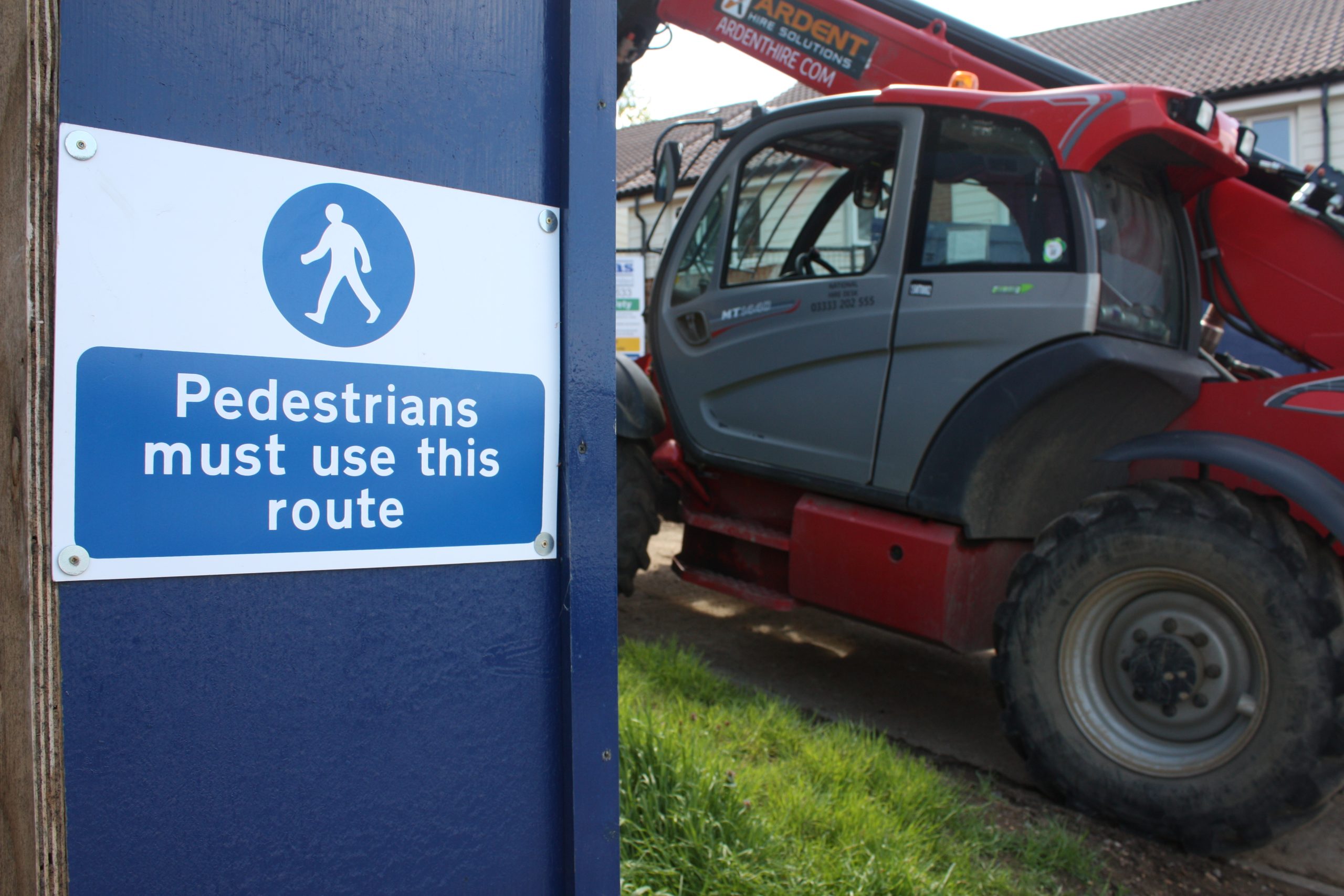
Compliance
Another reason why signage is important within a construction site is to ensure compliance with health and safety regulations. Health and safety regulations are in place to protect workers, visitors, and members of the public, and failure to comply with these regulations can result in fines, legal action, or even closure of the construction site. Signage can help to ensure compliance by providing clear instructions on the use of personal protective equipment (PPE), identifying emergency exits and assembly points, and displaying safety regulations and guidelines.
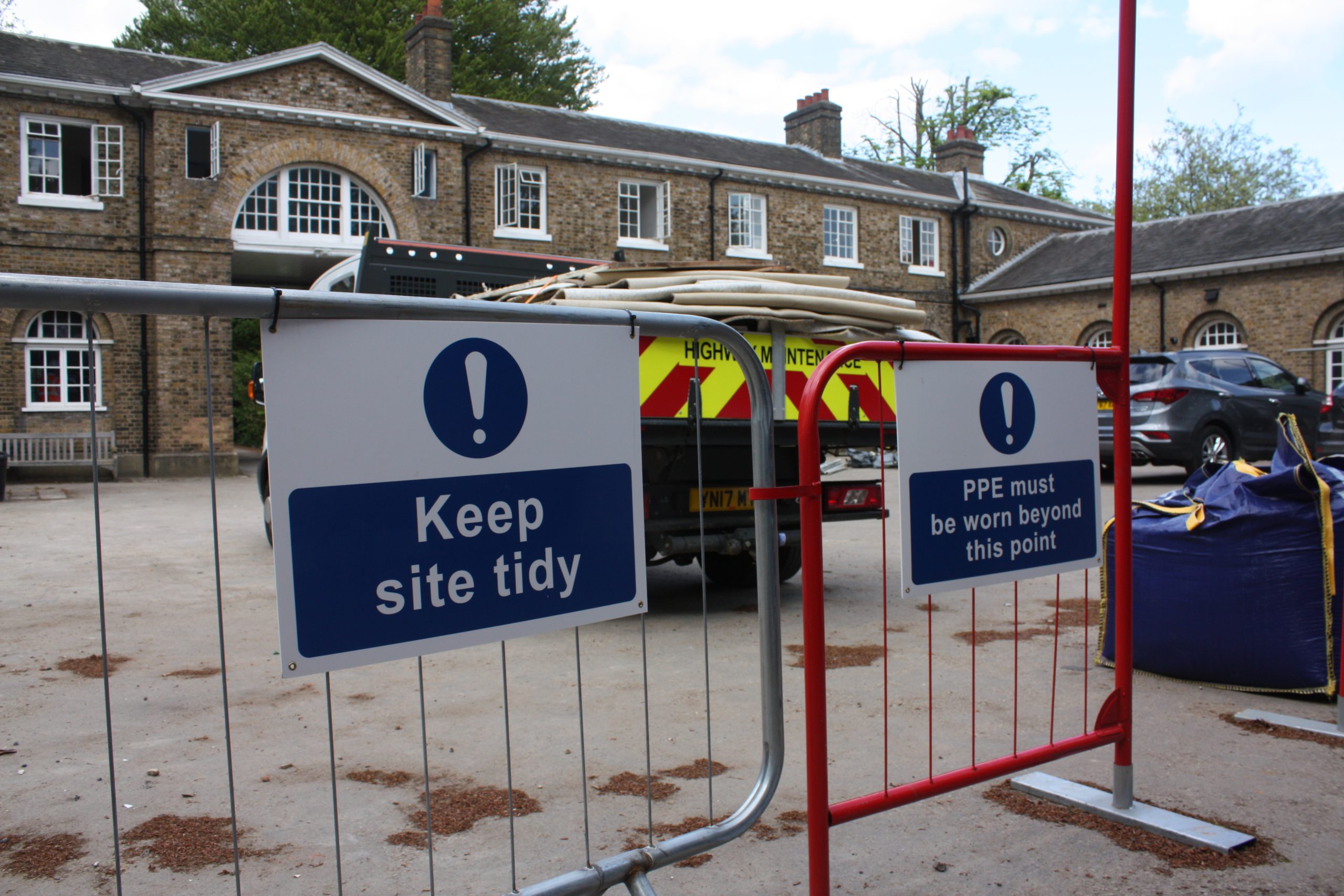
Culture
Signage is also used to promote a culture of safety within the construction site. By displaying safety messages and reminders, workers are constantly reminded of the importance of safety and the need to adhere to the relevant guidelines and regulations. This can help to create a safer working environment and reduce the risk of accidents and injuries.
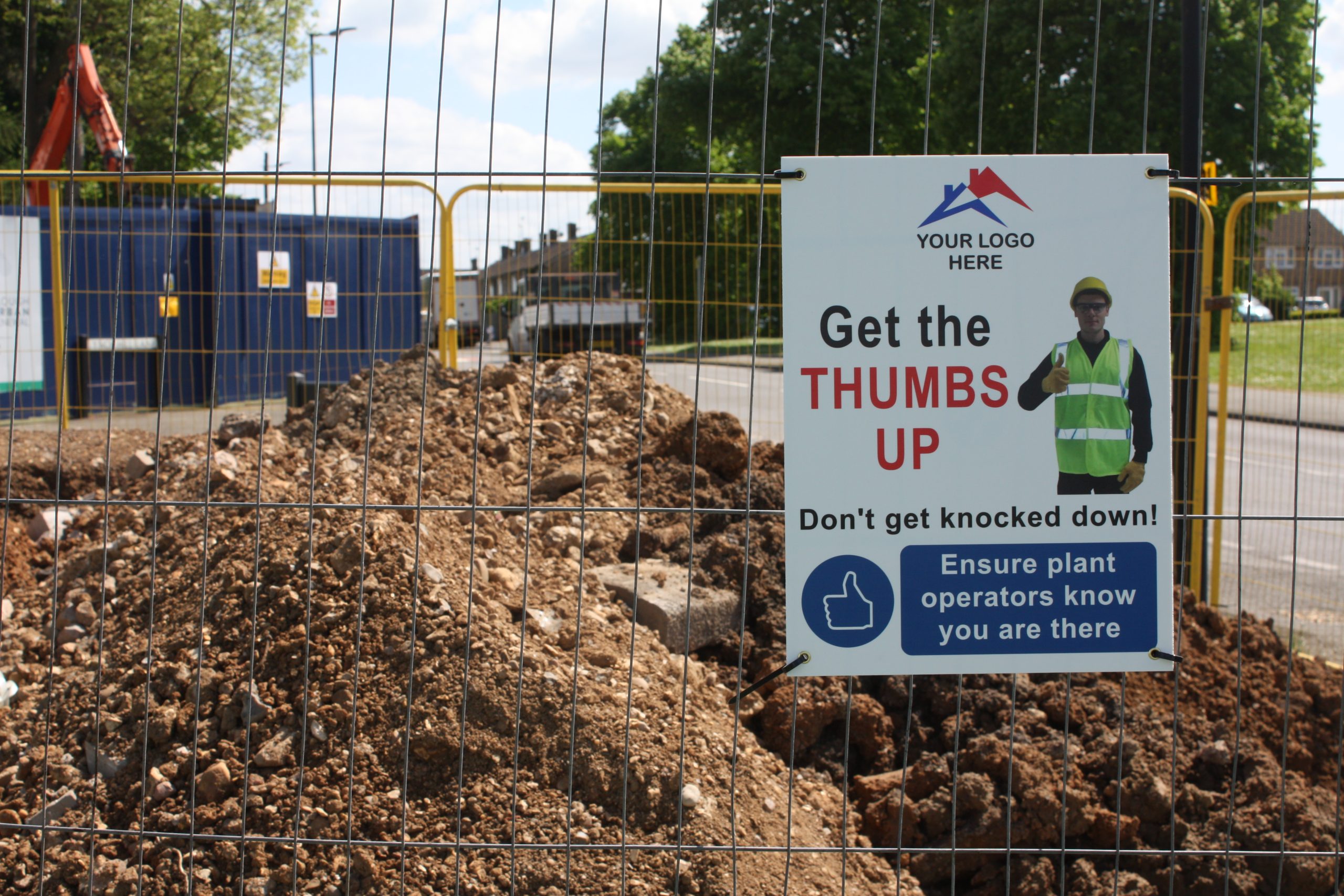
Types of signage
There are several different types of signage that may be used within a construction site, each with a specific purpose. The most common types of signs include:
- Warning signs – These signs are used to warn workers and visitors of potential hazards or risks within the construction site. Warning signs may include messages such as “Danger”, “Caution”, or “Keep Out”. These signs are usually brightly colored and feature clear, bold text to ensure that they are easily visible.
- Prohibition signs – These signs are used to prohibit certain actions within the construction site. Prohibition signs may include messages such as “No Entry”, “No Smoking”, or “No Parking”. These signs are usually round, with a red border and a black symbol or text.
- Mandatory signs – These signs are used to indicate actions that must be taken by workers or visitors within the construction site. Mandatory signs may include messages such as “Wear PPE”, “Keep Clear”, or “Report Accidents”. These signs are usually round, with a blue background and a white symbol or text.
- Information signs – These signs are used to provide information about the construction work being carried out, as well as any relevant regulations or guidelines. Information signs may include messages such as “Construction in Progress”, “Project Timeline”, or “Emergency Assembly Point”. These signs are usually rectangular or square, with a white background and black text or symbols.
- Directional signs – These signs are used to provide directions to workers, visitors, or members of the public within the construction site. Directional signs may include messages such as “Exit”, “Entrance”, or “Toilet”. These signs are usually rectangular or square, with a white background and black text or symbols.
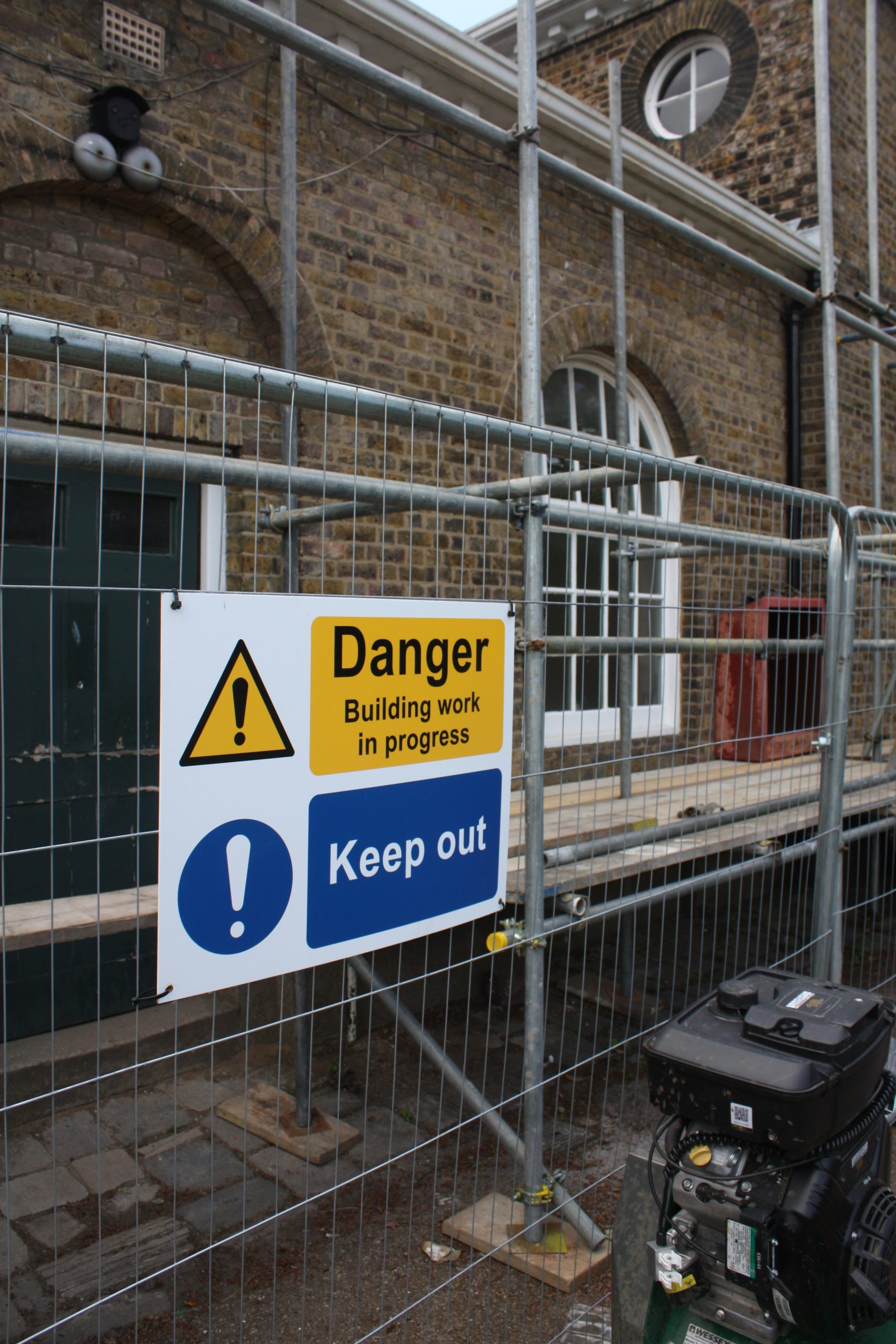
Conclusion
In conclusion, signage plays a critical role in ensuring the safety and wellbeing of everyone within a construction site. It communicates essential information and warnings about potential hazards, promotes compliance with health and safety regulations, and creates a culture of safety. Therefore, it is essential to invest in clear and concise signage to promote safety within the construction site.
